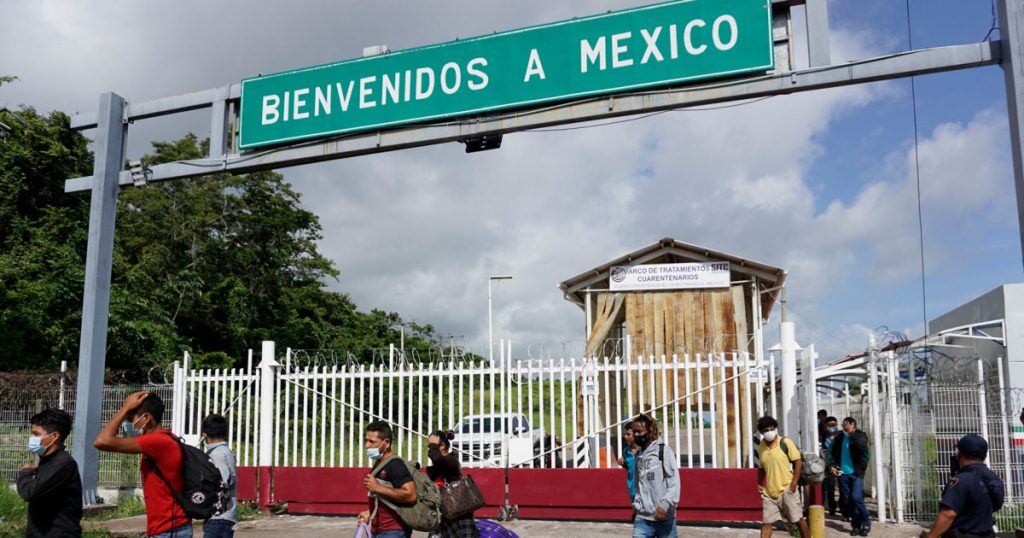A 6.4 magnitude earthquake shook the border of Mexico and Guatemala early Sunday near the town of Suchiate on the Mexican side. Frightened residents ran into the streets as the earthquake struck just before 6 a.m. The epicenter was located off the Pacific coast, 10 miles west-southwest of Brisas Barra de Suchiate. The earthquake reached a depth of 47 miles. In Mexico, no immediate damage was reported, but the mountainous and remote areas of the border are at risk of landslides.
Guatemala’s national disaster prevention agency shared images of small landslides onto highways in the Quetzaltenango region and large cracks in walls of a hospital in San Marcos. However, there were no reports of casualties. In Tapachula, civil defense brigades were surveying the city for any signs of damage. Didier Solares, an official with Suchiate’s Civil Defense agency, reported that no damage had been found so far. Despite the absence of major destruction, the earthquake still caused alarm among the residents of San Cristobal and Tuxtla Chico, where the shaking was strong.
Residents in San Cristobal were awakened by the seismic alert service, which goes off 30 seconds before an earthquake hits. Joaquin Morales described how the alert woke him up before the quake struck. In Tuxtla Chico, teacher María Guzmán recounted the strong and terrifying experience of the earthquake, emphasizing the fear it instilled in those in the affected area. While the earthquake did not result in significant damage or casualties, it served as a reminder of the region’s vulnerability to seismic activity.
The earthquake highlighted the importance of disaster preparedness and response in the border region of Mexico and Guatemala. Civil defense agencies in both countries were mobilized to assess the situation and ensure the safety of residents. The fact that no major damage occurred was attributed to the prompt response and communication between authorities and local communities. Despite the scare caused by the earthquake, residents were relieved that no significant harm was reported and expressed gratitude that the situation did not escalate into a disaster.
The aftermath of the earthquake brought attention to the need for infrastructure improvements in the mountainous and remote areas along the border. Landslides and cracks in buildings serve as reminders of the vulnerability of these regions to natural disasters. Authorities may need to consider implementing measures to reinforce infrastructure and improve emergency response mechanisms to mitigate the impact of future earthquakes. The earthquake served as a wake-up call for residents and authorities to prioritize disaster preparedness and invest in resilience-building efforts to protect lives and property in the face of seismic hazards.
Overall, the earthquake near the Mexico-Guatemala border highlighted the region’s susceptibility to seismic activity and emphasized the importance of proactive disaster management. While the earthquake caused fear and alarm among residents, the prompt response from civil defense agencies helped prevent major damage. The incident underscored the need for continued investment in infrastructure resilience and emergency preparedness to safeguard the communities living in earthquake-prone areas along the border. As the region continues to face the risk of seismic events, ongoing efforts to improve disaster response and mitigation strategies will be crucial in reducing the vulnerability of populations to natural disasters.


